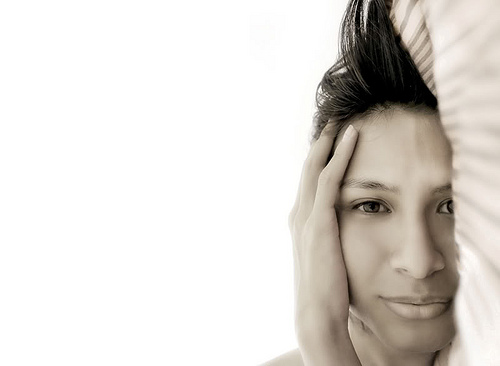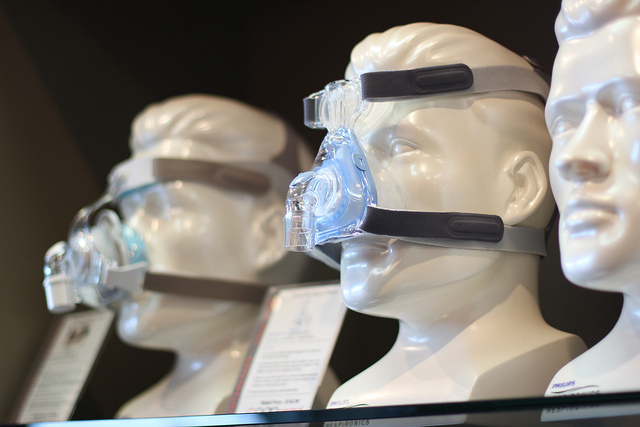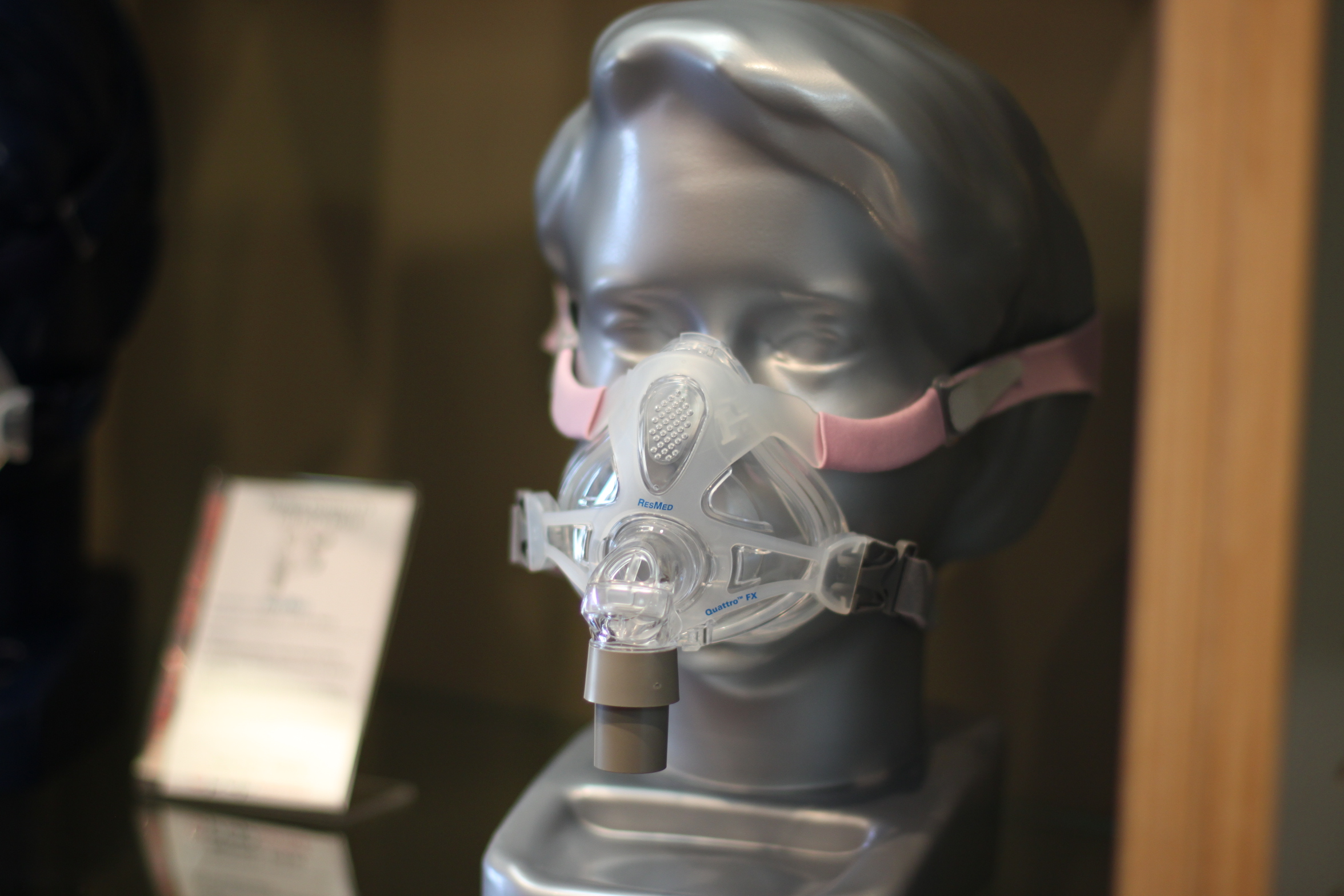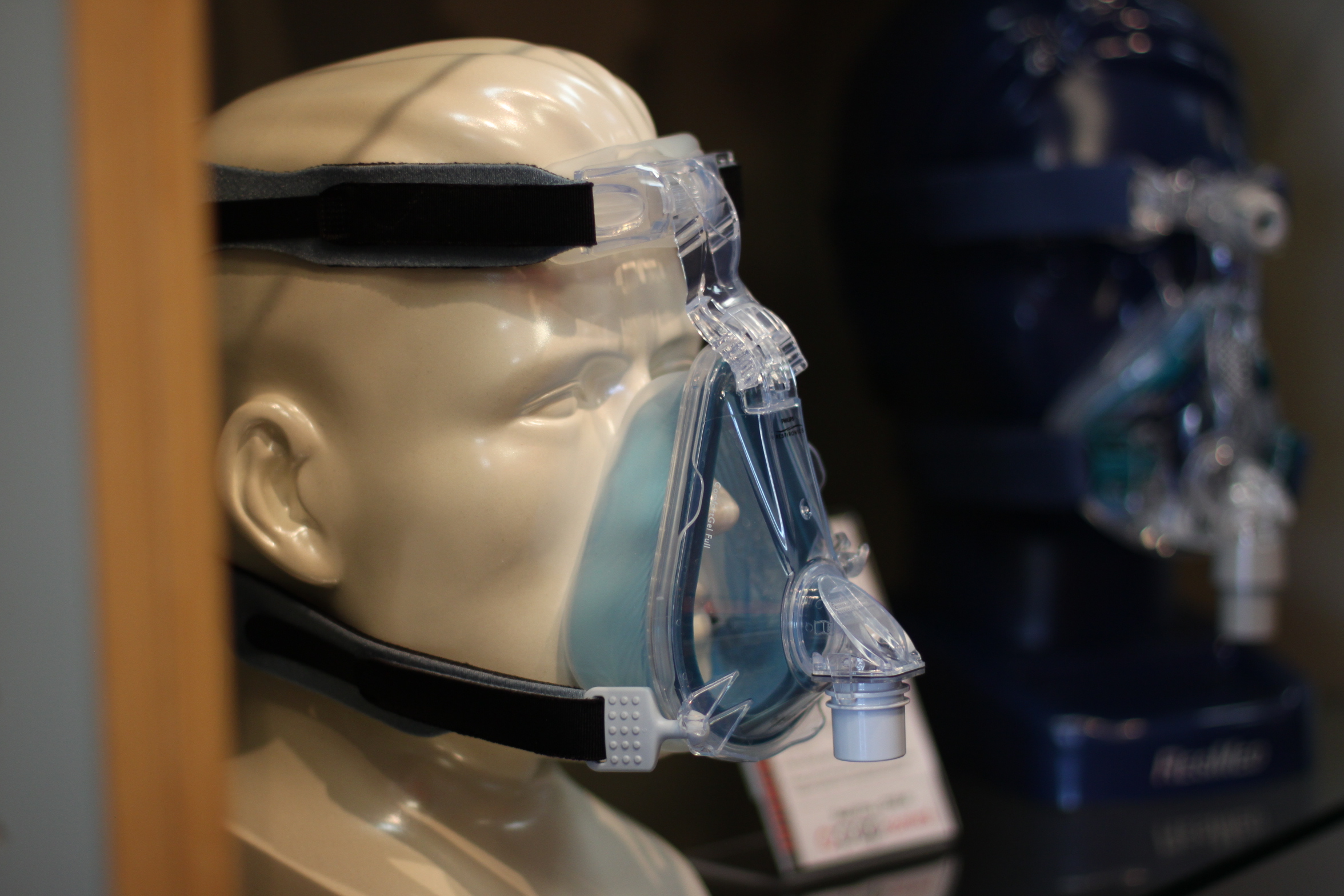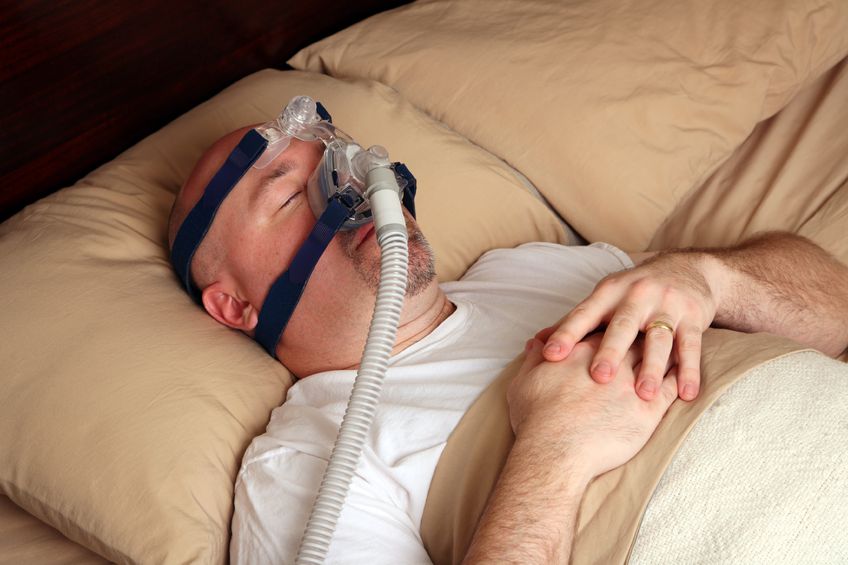Continuous positive airway pressure (CPAP) machines are effective tools in ensuring a good night’s sleep for those with
obstructive sleep apnea (OSA). The machines on the market differ in size, quality and built-in functions, and all of them can take some getting used to. Here are some tips and useful information on CPAP machines to help you get a good night’s sleep:
CPAP HUMIDIFIERS
The air pressure produced by the CPAP machine can cause dryness or stuffiness in some people’s sinuses. These days, most machines are equipped with a heated humidifier feature to reduce stuffy dryness in the airways by increasing the moisture in the air being delivered.
GETTING TO SLEEP WITH CONTINUOUS AIR PRESSURE
A different air pressure to what you naturally experience can feel uncomfortable at first, and users of CPAP machines can find it difficult to exhale with the air stream. While the air pressure is something to get used to, some machines have a Sleep Onset Detection function, which means the heavier air pressure will only kick in once you are asleep, allowing you to comfortably drift off first.
AIR LEAKAGE
Air leaks means the air pressure, which the CPAP machine uses to keep your airways open, is lost. This causes a less or completely ineffective treatment and interrupts sleep. To overcome leaks, you need to ensure the seal between the mask and your face is not broken. Create a pressure seal by ensuring the mask fits snugly against your face.
NOISE COMING FROM THE CPAP MACHINE
All of the newer models of CPAP machines are virtually silent, and as such your machine shouldn’t keep you up at night with sound. If you do, however, here a noise coming from your machine when it is turned on, check to make sure the air filter is unblocked. It may need to be cleaned out, or the hose or mask may need clearing, which you can ask your healthcare professional about how to do thoroughly. If none of this helps, take your CPAP machine to your supplier to have it checked to ensure it’s in working order.
Alternatively, you may find a custom-fit mask is what you’re looking for, in which case
ApneaSeal would be happy to help.



